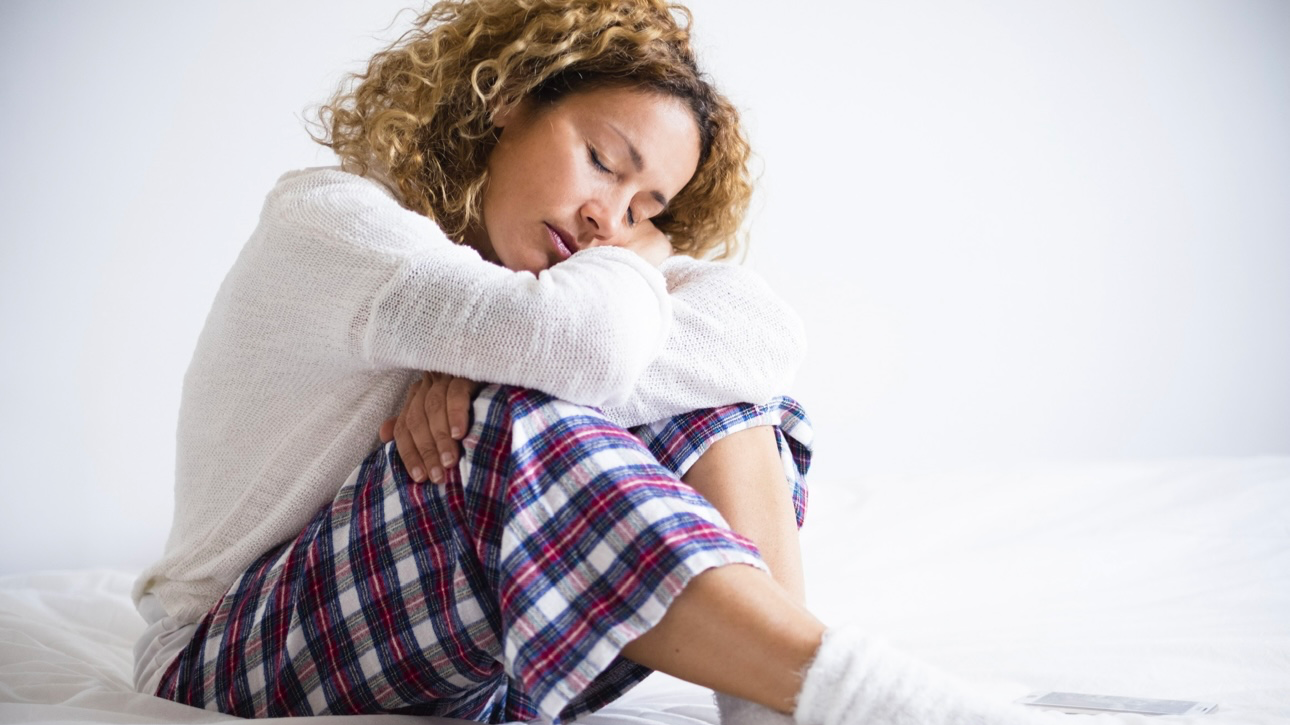Cramping After IVF Transfer: Causes, Symptoms, and Relief
Undergoing in vitro fertilization (IVF) can be an emotional and physically demanding process for couples trying to conceive. After the embryo transfer, it is common for women to experience cramping. In this article, we will delve into the causes, symptoms, and potential relief for cramping after IVF transfer. Understanding this phenomenon can help alleviate concerns and provide a better understanding of what to expect during the IVF journey. Let’s explore!
1. Causes of Cramping after IVF Transfer
Implantation: Cramping can occur due to the implantation process. After the embryo transfer, the fertilized embryo needs to attach itself to the uterine lining for a successful pregnancy. This implantation process can cause mild cramping and is considered a positive sign.
Uterine Distension: During the IVF procedure, the uterus may be filled with fluid or air to aid in the transfer. This can cause temporary distension of the uterus, resulting in cramping sensations.
Hormonal Changes: IVF involves hormone medications to stimulate egg production and support embryo implantation. These hormonal changes can affect the uterine lining and lead to cramping.
2.Symptoms of Cramping after IVF Transfer
Mild to Moderate Pain: Cramping after IVF transfer is typically described as mild to moderate pain, similar to menstrual cramps. The intensity and duration may vary from woman to woman.
Spotting: Some women may experience light spotting along with cramping. This is known as implantation bleeding and occurs when the fertilized embryo attaches to the uterine lining.
Bloating: Cramping can be accompanied by a sensation of bloating or fullness in the abdominal area. This is due to the hormonal changes and uterine distension.
3. When to Seek Medical Attention
While cramping after IVF transfer is generally normal, there are instances when it is necessary to seek medical attention:
Severe or Prolonged Pain: If the cramping becomes severe or persists for an extended period, it is important to contact your healthcare provider. This could indicate a more serious underlying issue that requires evaluation.
Heavy Bleeding: If the spotting turns into heavy bleeding, it is essential to consult with your doctor, as this could be a sign of a complication.
Fever or Chills: If you experience fever or chills along with cramping, it could indicate an infection and should be addressed promptly.
4. Relief for Cramping after IVF Transfer
Rest and Relaxation: Engaging in activities that promote relaxation, such as gentle yoga, meditation, or taking warm baths, can help alleviate cramping and reduce stress levels.
Heat Therapy: Applying a heating pad or hot water bottle to the lower abdomen can provide soothing relief from cramps. Be sure to use a low or medium heat setting and avoid direct contact with the skin.
Over-the-Counter Pain Relief: Nonsteroidal anti-inflammatory drugs (NSAIDs) such as ibuprofen or acetaminophen can help alleviate mild to moderate cramping. However, it is crucial to consult with your healthcare provider before taking any medication.
Hydration: Staying well-hydrated can help ease cramping and promote overall well-being during the IVF process.
Experiencing cramping after IVF transfer is a common occurrence and often a positive sign of implantation. Understanding the causes, symptoms, and potential relief measures can help ease concerns and provide comfort during the IVF journey. It is important to remember that each woman’s experience may vary, and consulting with a healthcare provider is essential for personalized guidance and support. By staying informed and seeking appropriate care, couples can navigate the post-transfer phase with confidence and hope for a successful pregnancy.











